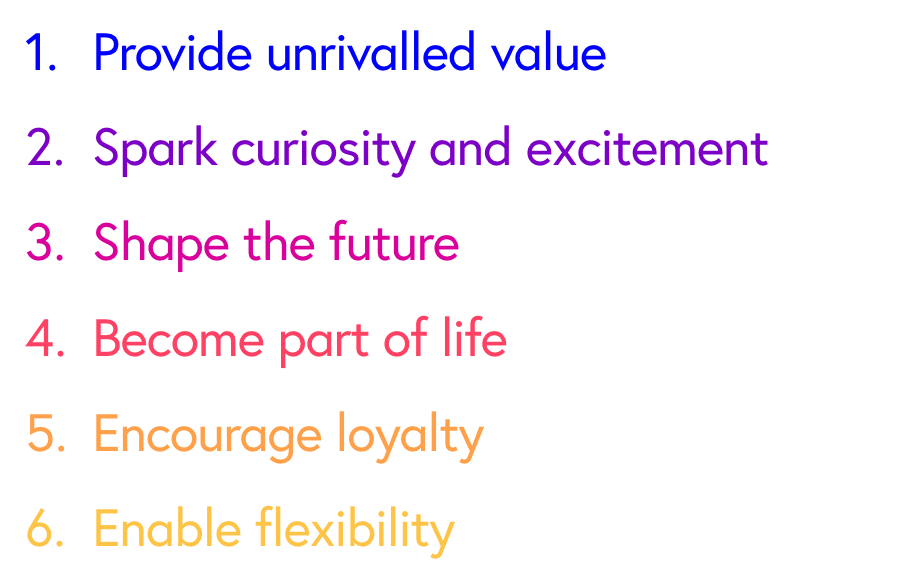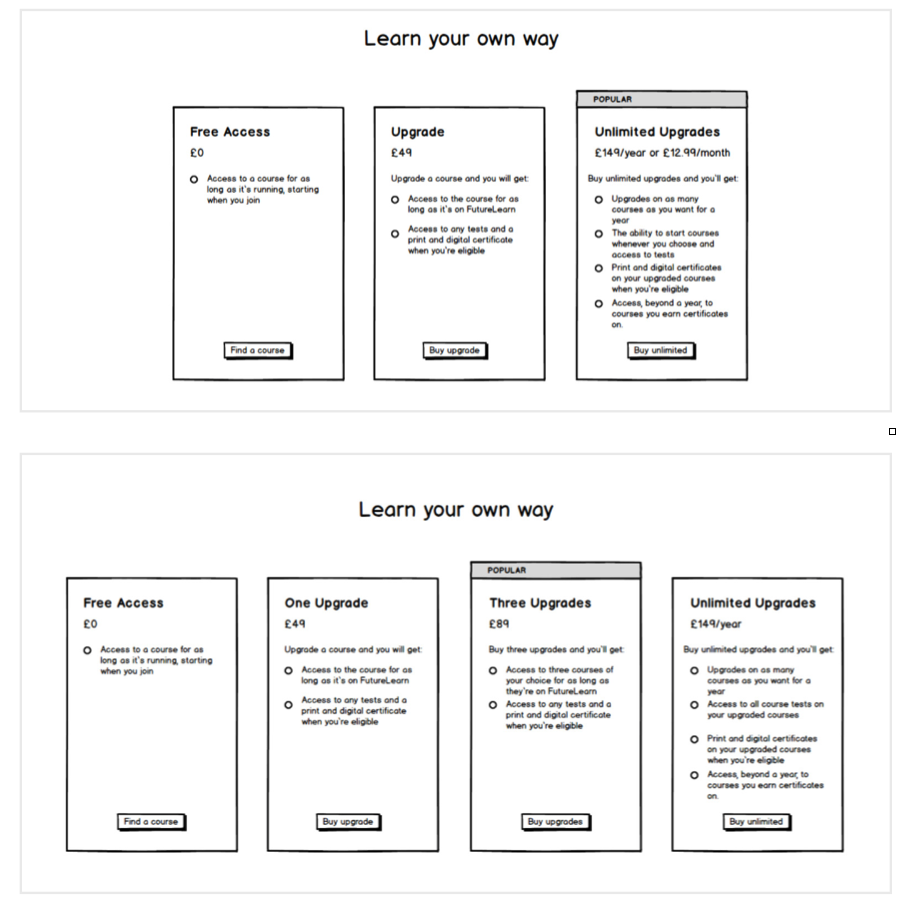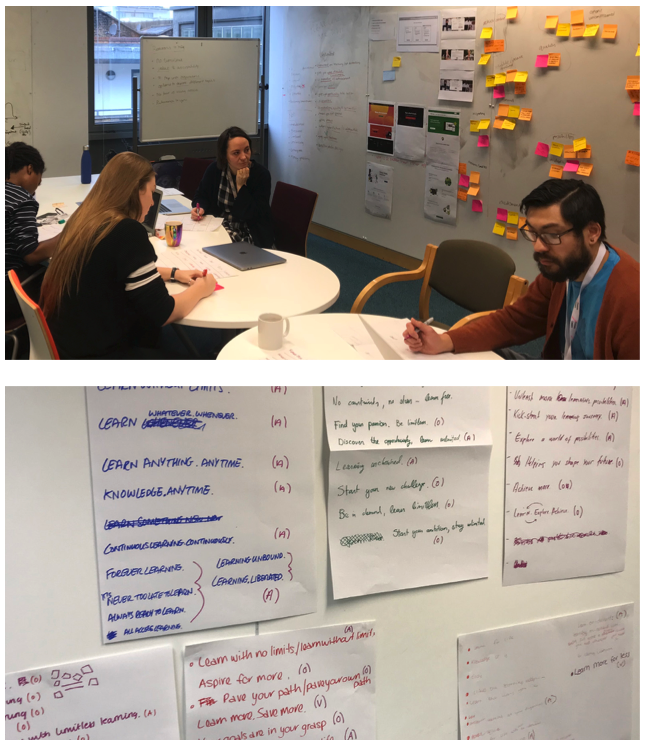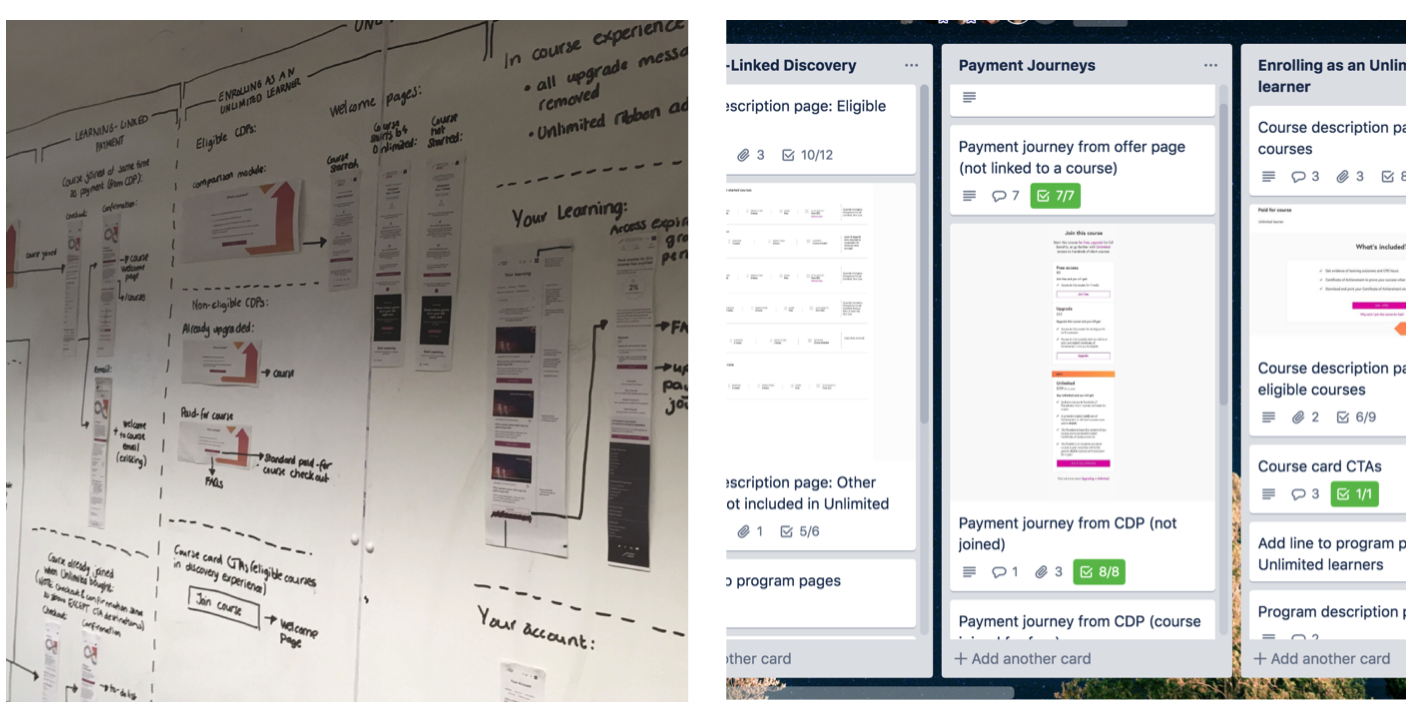Encouraging consumers to
invest in continuous learning
FutureLearn Unlimited is a consumer-facing offering created during my first stint at the online learning company. We had the opportunity to take a big risk and develop a new payment model that our learners would value, as well as drive business revenue.
FutureLearn is an online learning site working with top Universities and partners across the world to transform access to education. This case study is how I collaboratively led my product team from the kernel of an idea through to initial delivery.
THE CHALLENGE
FutureLearn wanted to take a chance and develop something that would create a step change in revenue as well as offer learner value. We knew from research that our existing pay as you go model wasn’t a compelling or affordable proposition for learners and it didn’t encourage retention.
RESEARCH, DISCOVERY AND OPPORTUNITY ASSESSMENT
I was involved in weighing up a number of potential opportunities and pitching them to stakeholders. This process involved competitor research, analysing behavioural data and existing user insight, modelling projected revenue and recommending an approach to validate the opportunity. Out of all of the ideas, we landed on the one that I championed - a subscription model that had the potential to increase customer lifetime value and foster a culture of lifelong learning. It was something our learners had been asking for for years, but we’d never invested in. Now was the time!
“Would it be possible to pay one amount or a yearly/monthly subscription to get a premium membership which upgrades all courses as it’s really annoying having to upgrade them individually.”
User insight quote
THE EXPLORATION SPRINT
With a broad idea of what we wanted to achieve, I worked with my Product Manager and a more junior Designer to create and lead the team through a focussed exploration sprint. We created a week’s worth of workshops and activities to develop the kernel of an idea into a couple of different subscription models that we could test at the end of the sprint.
As part of the preparation for the sprint, I led the design team to come up with a set of principles that would guide the work and ensure it achieved our over-arching goals.
Principles created to guide our exploration sprint
During the sprint we collaboratively delved into competitor subscription offers, empathised with our learners, thought big about the future vision for our paying learners, created ideas and to honed those ideas into high level prototypes.
We eventually came up with two models, one a standard monthly or annual payment subscription model, and the other a way to bundle and pay for multiple courses at a time. With these in hand, I led and participated in moderated user interviews to understand how our learners might react to our proposals. This involved writing scripts, running interviews and analysing results, after which we decided that a standard rolling subscription offer would work best for our product and our learners.
The two proposed subscription models
NAMING AND MESSAGING
Having landed on a model, I led and collaborated with various members of the marketing team to take our model, and to come up with a compelling name, marketing message and visual device. I conducted a number of workshops to define this, and then subsequently tested that messaging with users.
Messaging Workshops
LEADING UX & DESIGN WORK
Moving out of the design sprint, I led the UX and design work, breaking down the work into achievable chunks for myself and a junior designer to tackle. I supported and mentored the junior designer, allowing him to grow into a solid mid-weight.
We created flows and journeys, and developed those into deliverable designs sequenced into a sensible order which we supported engineers to deliver.
Fleshing out the core journeys
COMMUNICATIONS AND ENSURING DELIVERY
A lot of time on this project was spent ensuring stakeholders understood the process we were going through and facilitating strong product team communication to manage delivery. I worked with the designer to create visible examples of our work, taking over a wall in the office (pre-pandemic!) which we kept updated with where we were in the process. We also created Trello boards and LOTS of presentations to sell in the work we were doing and ensure the company felt reassured that we were on-track and delivering quality.
Breaking down and visualising the work
THE OUTCOME
Initial assessment of Unlimited following its launch saw that it impacted and encouraged existing learners to purchase - with 78% of purchasers being existing FutureLearn users who had never bought anything before. Qualitative feedback was also positive.
“I became an Unlimited member because it is extremely good value and it allows me to complete more courses than I would be able to afford to do under the ordinary plan.”
Survey participant
Since the launch of Unlimited, it has become FutureLearn’s focus for their business model around which the company strategy has been formed.







